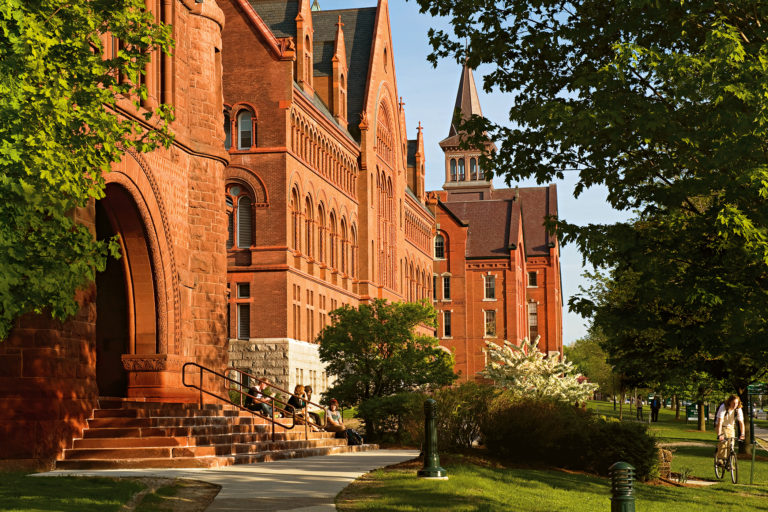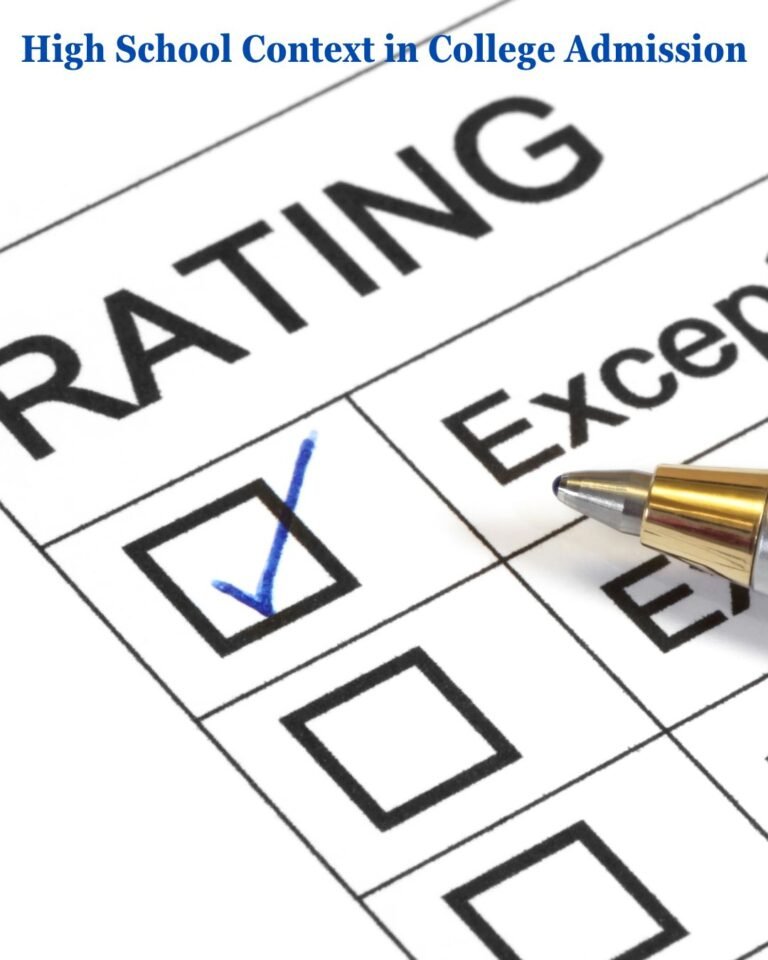How to Make Private College Affordable: A Guide
Last Updated on April 16, 2025 by Jill Schwitzgebel
Recently, I saw quite a debate on social media after a parent said that they were paying less for their student to attend a private college than their in-state public university. Personally, I think some of the debate stemmed from jealousy, but mostly I think it showed a lack of understanding about how to “price shop” for college.

So, let’s talk about the factors that contribute to making a private college an affordable option – or as “cheap” as an in-state public institution.
The In-State Public Cost
Before we go any further, the very first thing to consider when you hear the claim that a private college can cost the same or less than an in-state public, is what state they are referring to. Tuition and housing costs vary widely by state. It may shock a Floridian to hear that to attend Penn State’s flagship campus as a Pennsylvania resident, costs are almost $33,000/year for tuition, room and board. Meanwhile, the University of Florida total cost for residents is only $18,500. So, you can see how residents of each state would perceive “cheaper than a public university” quite differently.
And beyond that, the directional or regional state universities are often cheaper than the flagship universities in each state. For instance, at Ohio State, a flagship campus, tuition, room and board total just above $27,000. At Wright State University in Ohio, costs come in at just under $22,000.
So, it’s important to know that when someone says cheaper than our public university, it really depends on what state they’re referring to. This is all relative.
But here are some ways private colleges can end up being significantly cheaper than their sticker price, and yes, possibly cheaper than your in-state universities.
You may also like: Public vs Private Colleges: Understanding the Differences
Search for “Meets Financial Need” Colleges
If you are a family with significant financial need, this can be the best way to find affordable private colleges. Keep in mind, I’m talking about financial need as determined by the government via the FAFSA, or by the college, via their Net Price Calculator. I think many of us would say that we need more financial help than what those two sources say we need. But, it depends on each family’s circumstance. And, if a family has enough need, it’s not uncommon that a private college can subsidize the cost better than a public one can, making it less expensive. You can check out a college’s Common Data Set or refer to this list of colleges that claim to meet full financial need. But there are plenty of others that will meet 90% or more of need.
If you look at the list of colleges that meet full financial need, you’ll see that many of the colleges on that list are selective academically. And that brings me to this next category.
Ivy League and Ivy-Adjacent Colleges
The Ivies, and many of the other incredibly selective colleges, are often affordable for students, despite their high sticker prices. But first, students have to pass the hurdle of admission! Due to huge endowments, these colleges have made a commitment to contain costs for students from families under various income thresholds. And, the thresholds may be higher than you would expect. For instance, while Yale’s stated cost for tuition, room and board now exceeds $87,000, a family earning $150,000 will generally pay nothing for tuition. For families earning under $75,000, students will not even need to pay for their room and board – they will attend Yale for free. Even families earning $200,000 are likely to receive significant financial aid – 95% of students with family incomes between $150,000 and $200,000 pay less than $30,000/year – less than some would pay at their state flagship. Not to be outdone, Harvard announced In 2025 that they will make tuition free to families with under $200,000 in income.
The numbers vary between each of these competitive universities, but most offer a similar situation for students. The University of Chicago is not an Ivy, but they will offer free tuition to all families earning less than $125,000, and meet full financial need for anyone above that.
Search for Colleges That Are Buyers
Author Jeff Selingo talks about colleges in terms of “buyers” and “sellers.” You want a college that is a “buyer.” These are colleges that have to work to recruit students and part of the way they do that is to discount tuition, usually via merit aid. He has a list of buyer and seller colleges on his site. Generally, a buyer has an admission rate of above 70% and a low yield rate. Keep in mind that the majority of colleges are buyers – this has nothing to do with the quality of the education students will receive.
Search for Merit Aid
This is closely related to searching for college buyers, above. Look for colleges where your student will be in the top 25% of admitted students according to their GPA and test scores. This will be impossible at the most highly selective colleges, as all applicants will be at the tippy-top. But there are plenty of private colleges that are highly regarded for their educational quality and who have higher admission rates outside of those super-competitive schools. Find the ones where your student can really stand out and you will often be rewarded with some merit aid that can bring the cost down to less than an in-state public university. Even a student with a low B average can typically score merit aid if they look at the right colleges.
For families for whom the FAFSA Student Aid Index says they can afford to pay significantly more than they feel able to pay for college, finding these colleges is frequently the best way to make a private college affordable to them.
Athletics
It’s true that many private colleges are small and are classified as Division 3 for athletics. And, D3 colleges are not allowed to offer athletic scholarships. However, those D3 colleges still do need athletes. And, if a student athlete wishes to continue playing their sport in college, often D3 colleges do have academic merit aid set aside specifically for athletes who are also good students.
Keep In Mind
Your income will absolutely play a huge role in what you will need to pay. Your strategy to bring down the costs of a private college will depend on your family’s individual situation. There are some families that just won’t be able to find a better financial deal than their in-state public college. For others, due to limited financial aid at those public institutions, and due to the state where they reside, they may do better financially at a private college that can afford to help subsidize the costs.
Additionally, do your homework. As mentioned above, many Ivies and Ivy-adjacent colleges do give significant financial help. But, there are plenty of other highly selective colleges that charge almost $90,000/year, that don’t. Many will claim to meet financial need, which may not be helpful when your definition of “need” isn’t the same as theirs.












One Comment